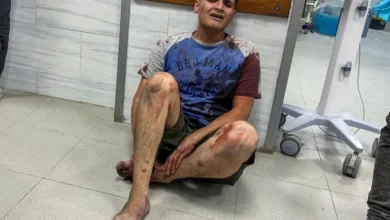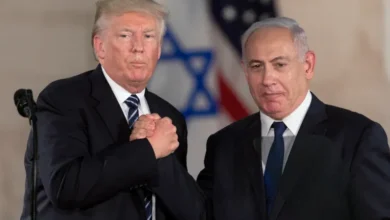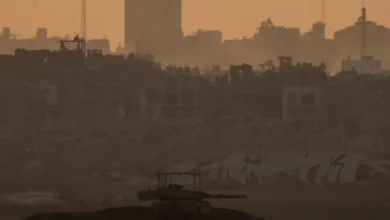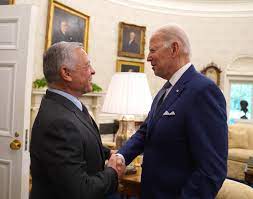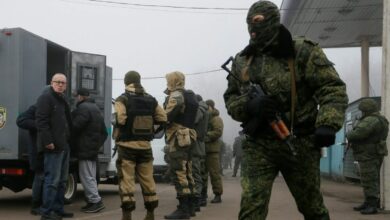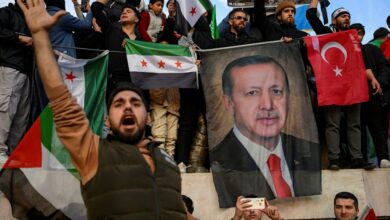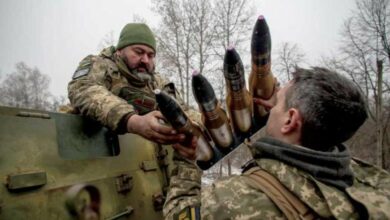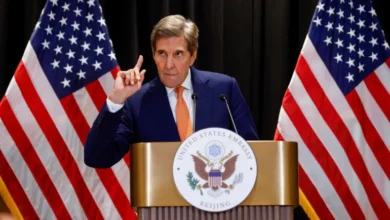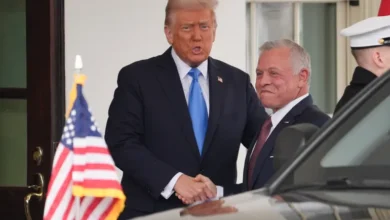Ismail Haniyeh assassination: How will Iran respond?
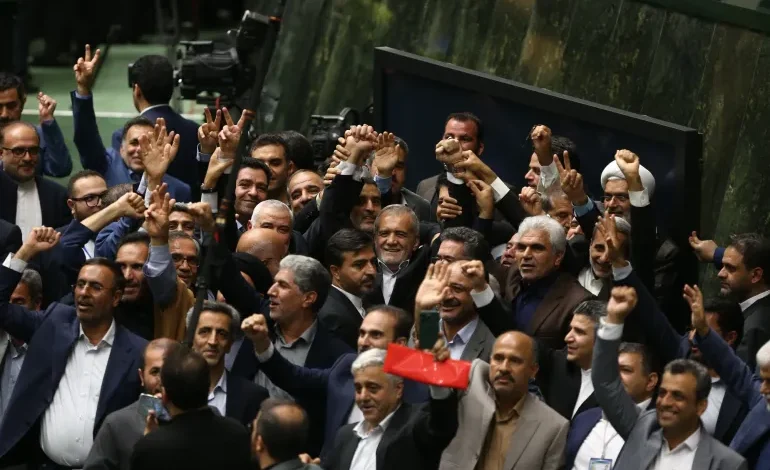
Hamas political chief Ismail Haniyeh has been assassinated in Iran’s capital in an attack that the group blamed on Israel, raising tensions in a region that appears ever closer to the brink of all-out war.
The killing happened hours after Israel carried out another attack in Lebanon, targeting a senior Hezbollah commander. Hamas and Hezbollah are both part of the Iran-led ‘axis of resistance’, a loose grouping of outfits spanning the region that are united in their opposition to Israel’s occupation of Gaza and the West Bank and that have been locked in exchanges of missile fire with Israel during the current Gaza war since October 7.
Yet Wednesday’s announcement of Haniyeh’s assassination marks a serious escalation not only in the war on Gaza, but also in the taut relationship between Israel and Iran. Israel, which has not formally claimed responsibility for the Hamas leader’s killing, has never attacked Iranian soil using projectiles launched from outside, despite a history of targeted assassinations and sabotage in Iran. Israeli media has reported that the missile that struck Haniyeh’s residence was launched from outside Iran — though Iran has neither confirmed nor denied the assertion.
Iran, like Hamas, has blamed Israel. Iran’s top leadership promised “harsh revenge” against Israel. Here’s a look at what happened, what it means for Iran, and how the country might respond.
How was Haniyeh killed?
The Palestinian leader was killed when the building he was staying in was struck by an “airborne projectile”, according to Iranian state media.
Haniyeh and a personal bodyguard, identified as Wasim Abu Shaaban, were confirmed killed – with no other casualties announced.
The Haniyeh residence was reportedly a building reserved for Iranian military veterans.
The Hamas politburo chief, who was living outside of the Gaza Strip since 2019, had repeatedly travelled to Iran and many other countries since the start of Israel’s war on Gaza, which has killed more than 39,000 Palestinians.
How was the timing significant?
Haniyeh was in Tehran for the inauguration ceremony of moderate President Masoud Pezeshkian among 110 foreign delegations, according to Iranian authorities.
He was killed hours after warmly embracing Pezeshkian on the floor of the parliament following his oath of office, as lawmakers and officials chanted slogans in support of the Palestinian cause.
“Yesterday I raised his victorious hand and today I have to bury him on my shoulders,” wrote Pezeshkian, the reformist-backed moderate president who has promised to engage with the US and the West to lift the harsh sanctions imposed on Iran.
Haniyeh and Palestinian Islamic Jihad leader Ziyad al-Nakhaleh had met Iranian Supreme Leader Ayatollah Ali Khamenei hours before that. It is unclear whether al-Nakhaleh was also inside or near the residence where Haniyeh was killed.Hours before the Palestinian leader was killed, Israeli warplanes bombed a residential building in a southern suburb of Beirut, targeting Hezbollah commander Fuad Shukr amid a fast-escalating conflict. At least three people were killed and more than 70 others were injured, but it is unclear whether Shukr was among the casualties.
Around the same time, the United States carried out an attack inside a base south of Baghdad operated by Iraq’s Popular Mobilisation Forces (PMF) that killed multiple members of the Iran-backed group.
What does this mean for Iran’s security?
This was an air attack carried out by Israel in the north of Tehran, according to authorities. This is an area where many top officials reside – and where many of the foreign delegations coming for the inauguration were staying.
It is unclear where exactly the strike took place, but the area was under heavily armed security to protect the foreign guests.
The strike is certain to trigger probes among Iranian military institutions, as it appears it came unexpectedly and there were no reports of air defence activity in the lead-up to the assassination.
In the absence of a large number of advanced fighter jets that could assist with air defence and establishing air superiority, the Islamic Revolutionary Guard Corps (IRGC) and the Iranian army employ a wide range of missile defence systems.
But none of the many foreign-made or locally developed radar systems or missile defence batteries operating at different ranges succeeded in thwarting the attack.
Israel has a long history of sabotaging Iranian nuclear and military facilities and assassinating nuclear scientists inside Iran. It is also believed to have been behind three small explosive quadcopters launched from inside Iran that struck a military facility in Isfahan in April and inflicted damage to a Russian-made S-300 missile defence system.
But it has never launched an air raid inside Iran from outside the country, certainly not against the capital.
